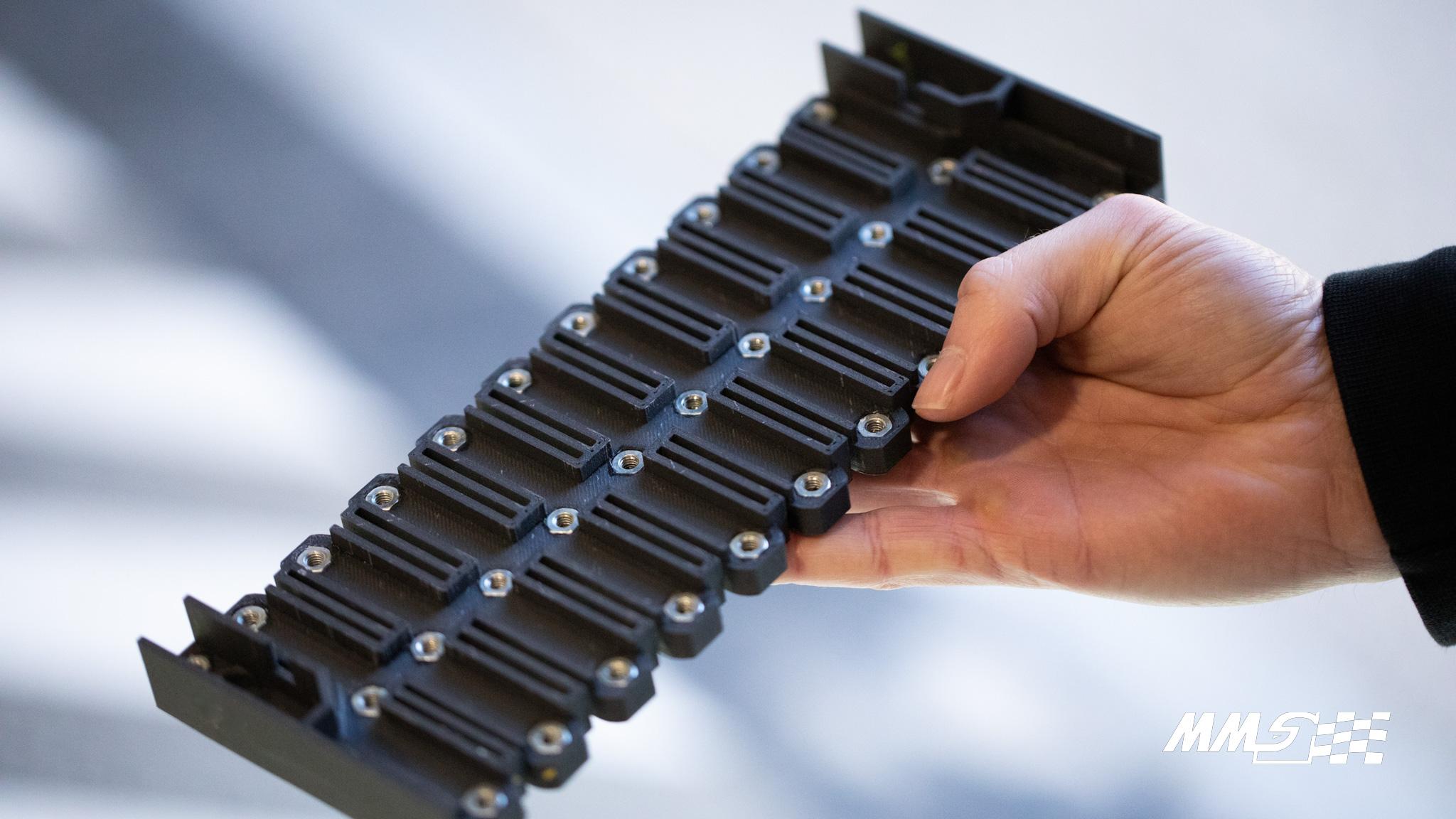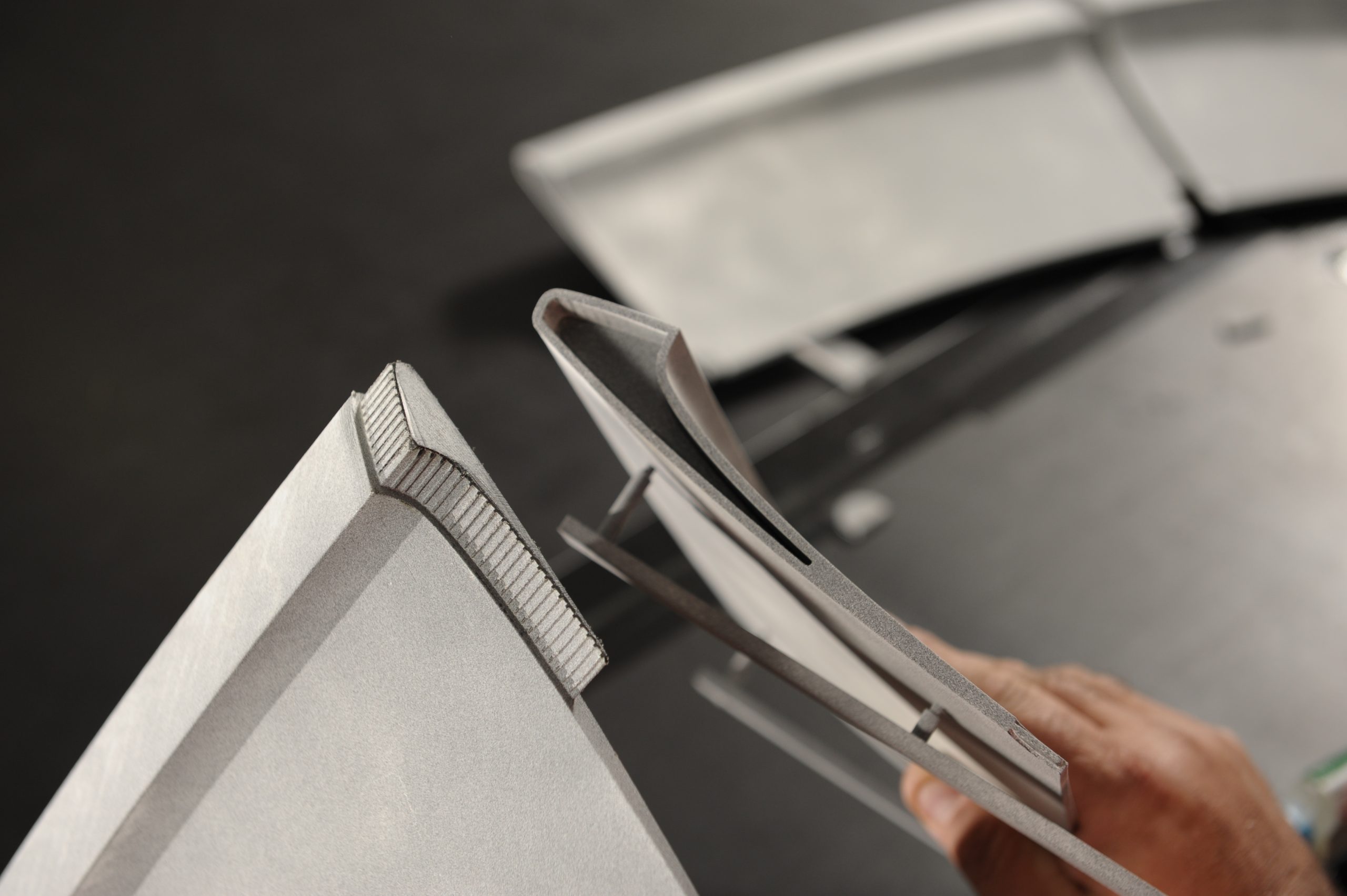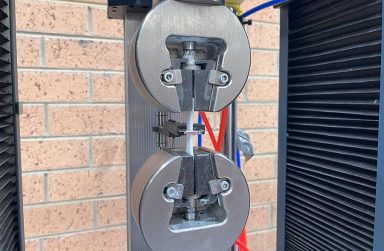What Are the Benefits of Rapid Prototyping? 5 Reasons Why Manufacturers Use It
January 30, 2024
Imagine manufacturing hundreds or thousands of your newest product only to find out that it has a severe design flaw or a major functionality issue.
Not only would this be a costly mistake, but it could also damage your company’s reputation and credibility in the market.
When creating a new product, the ability to have a physical representation of your design before mass production is crucial for its success. Being able to create a prototype within a short period of time and without wasting valuable resources that would otherwise go into producing the actual product is a major advantage.
This is why manufacturers are increasingly turning to Rapid Prototyping. But what exactly is Rapid Prototyping? And why do so many manufacturers turn to this manufacturing method?
What is Rapid Prototyping?
As the name implies, Rapid Prototyping involves the creation of prototypes relatively quickly – faster than manufacturing the actual product would take. It uses a combination of 3D Printing technologies to create a physical model of an object.
Rapid prototyping allows for the fast and efficient production of prototypes, making it possible for designers to test and validate the product before mass production.
Types of Commonly Used Prototyping Methods
There are several types of commonly used prototyping methods. Selecting the right prototyping method for your project will depend on factors such as the complexity of the design, time constraints, budget and type of material used. Here are some common prototyping methods:
- Selective Laser Sintering (SLS): This method is ideal for creating prototypes that need to withstand high temperatures or caustic chemicals. It is also great for items such as custom production parts, hinges, snaps, and clips. The SLS method is well-suited for tough and geometrically complex components. Another advantage of this manufacturing method is that designs that are created with this method do not need to adhere to specific thicknesses or draft angles. If you want to create lighter components and multiple samples at the same time and quickly, then SLS technology might be a suitable option for you.
- Multi Jet Fusion (MJF): This method is ideal for the production of end-use parts that exhibit isotropic properties in all axes, which means that the end products will show consistent mechanical properties throughout the part. If you need to create a part that requires minimal post-processing and possesses properties such as vibration dampening, water tightness, and durability, then MJF technology might be great for you.
- Fused Deposition Modelling (FDM): This method is highly versatile and cost-effective. With the use of the MarkForged FX20 technology, prototypes that are created with this method have exceptional mechanical properties. FDM is often used for a wide range of applications, including fixtures, functional prototypes, end-use parts, and jigs.
- Stereolithography (SLA): SLA uses a precise and high-powered laser to trace the shape of each layer into a bed of liquid resin. This process produces parts with smoother surface resolution, making it ideal for applications that need detailed surface resolution. Whether you’re refining intricate designs or testing complex geometries, our SLA technology delivers results that meet the highest standards.
- Digital Light Processing (DLP): Often referred to as Figure 4, DLP is a 3D printing technology that projects a mask of a whole cross-sectional layer at a time. This process can print significantly faster than traditional SLA technology. DLP printing is ideal for creating parts with complex geometries, undercuts, and fine details. However, DLP features a smaller print bed and is best suited for smaller prototype prints.
Benefits of Rapid Prototyping
Now that we’ve looked at a few of the most common Rapid Prototyping methods, here are some of the reasons why many manufacturers like to use Rapid Prototyping.
1) Cost Reduction
Developing a new product from scratch can be expensive, and traditional prototyping methods can add to the cost. However, with Rapid Prototyping, you can create multiple prototypes at a fraction of the cost of traditional methods. This results in significant savings in product development costs.
With that in mind, it makes sense to use Rapid Prototyping for creating functional prototypes and testing them before investing in mass production – potentially saving manufacturers lots of money in possible losses (in the absence of Rapid Prototyping).
2) Product Testing
Rapid Prototyping allows designers to test their product designs before actually producing them. This provides ample opportunities for identifying flaws and making necessary changes, resulting in a better end product.
3) Easy Identification of Errors and Improvements
Rapid Prototyping also allows for easy identification of design errors. Interacting with physical prototypes can easily expose flaws that may not have been apparent in digital models.
This is great because there is no pressure on manufacturers to get the prototype perfect on the first try, as Rapid Prototyping is mostly affordable, allowing for continuous improvements and iterations until a satisfactory result is achieved.
4) Great Product Representation for Investors
Having a physical prototype to showcase to potential investors or even clients can be highly beneficial. It allows them to interact with the product and see its potential in real time rather than just seeing a digital design.
It is so much easier to get people to understand how a product works when they can hold it in their hands and get a sense of its size, weight, and functionality. This tangible representation can be a major selling point for manufacturers.
5) Minimises Risk of Product Failure
As we mentioned before, by being able to test and validate the product before mass production, the chances that the product will fail are drastically reduced from a design standpoint.
This not only saves manufacturers money but also helps to maintain a good reputation and customer satisfaction.
How Formero Can Assist You

Rapid Prototyping is revolutionising the manufacturing industry, and Formero is at the forefront of this technology.
At Formero, we specialise in providing a range of rapid prototyping services that utilise advanced 3D printing and additive manufacturing technologies.
If you’re unsure about which method is most suitable for your project, our team of experts can assist you in selecting the right prototyping method based on your unique needs and requirements.
We also offer a wide range of materials and can provide rapid turnaround times to help bring your product to market faster.
Get in touch with us and start bringing your ideas to life!
Conclusion
Rapid Prototyping provides a fast, cost-effective and efficient way to create physical prototypes for testing and validating product designs.
With various methods to choose from, it is important to consider factors such as complexity, time constraints, budget and material when selecting the right prototyping method for your project.
Contact us today to learn more about how we can help bring your ideas to life with our rapid prototyping services.
Author
Craig Alexander
Craig is a seasoned marketing professional with over 13 years of diverse experience in industries ranging from Asphalt Testing Technology to Environmental Sciences. His extensive background in B2B marketing, coupled with a deep understanding of complex technical fields like Power Tools, Solar & Battery Systems, and Emergency Lighting, uniquely positions him to bridge the gap between advanced manufacturing technologies and market needs. Craig leverages his comprehensive marketing skills to translate intricate manufacturing processes and innovations into clear, compelling narratives, helping businesses of all sizes succeed in both local and international markets.






